
What is an abscessed tooth?
An abscess is basically an irreversible inflammation that affects the pulp of the tooth, in the root canal. It happens after tooth decay progresses through the enamel and affects the dentin and then the pulp. When the pulp is inflamed, it causes pulpitis, which causes pain and production of pus in the root canal. An abscessed tooth can rarely be saved and usually has to be treated with antibiotics and then extracted.
Symptoms of abscessed tooth
The symptoms usually appear gradually. The first sign of an abscessed tooth is pain while chewing or any vertical force that presses the tooth downwards. There may also be some sensitivity to heat and cold. This is the sign that the decay has progressed to the dentin. At this stage, the pain is still bearable.
The pain then becomes more frequent and it is particularly present while lying down. Eventually the pain no longer depends on these factors and it becomes constant. The pain can be throbbing or pulsating, which indicates the presence of pus in the root canal.
There may also be some strange or foul taste in the mouth. The taste can become so bad and intense that it significantly reduces the appetite. Foul taste is associated with bad breath or halitosis, especially in the morning, upon waking up and after meals.
The lymph glands in the vicinity of the abscessed tooth may become enlarged, tender and painful to touch. This is particularly common if the abscess affects a wisdom tooth. In this case, there may even be some difficulty opening and closing the mouth, which makes it difficult to eat.
There may even be some systemic symptoms of abscessed tooth, which can include fever, chills, loss of appetite, irritation, anxiety and even nausea.
The gums around the abscessed tooth will become red, swollen, irritated and sore. The swelling eventually spreads to the part of the mouth where the tooth is located. In some cases the whole side of the face becomes swollen.
The pus-filled swelling at the tip of the root can burst and the pus will ooze, leaving an opening in the gums.



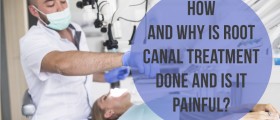


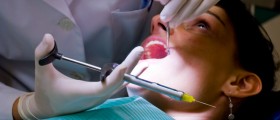
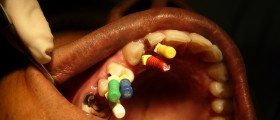
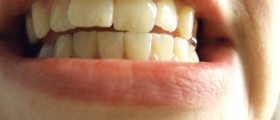





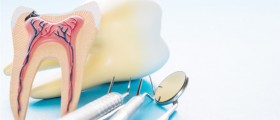


Your thoughts on this
Loading...